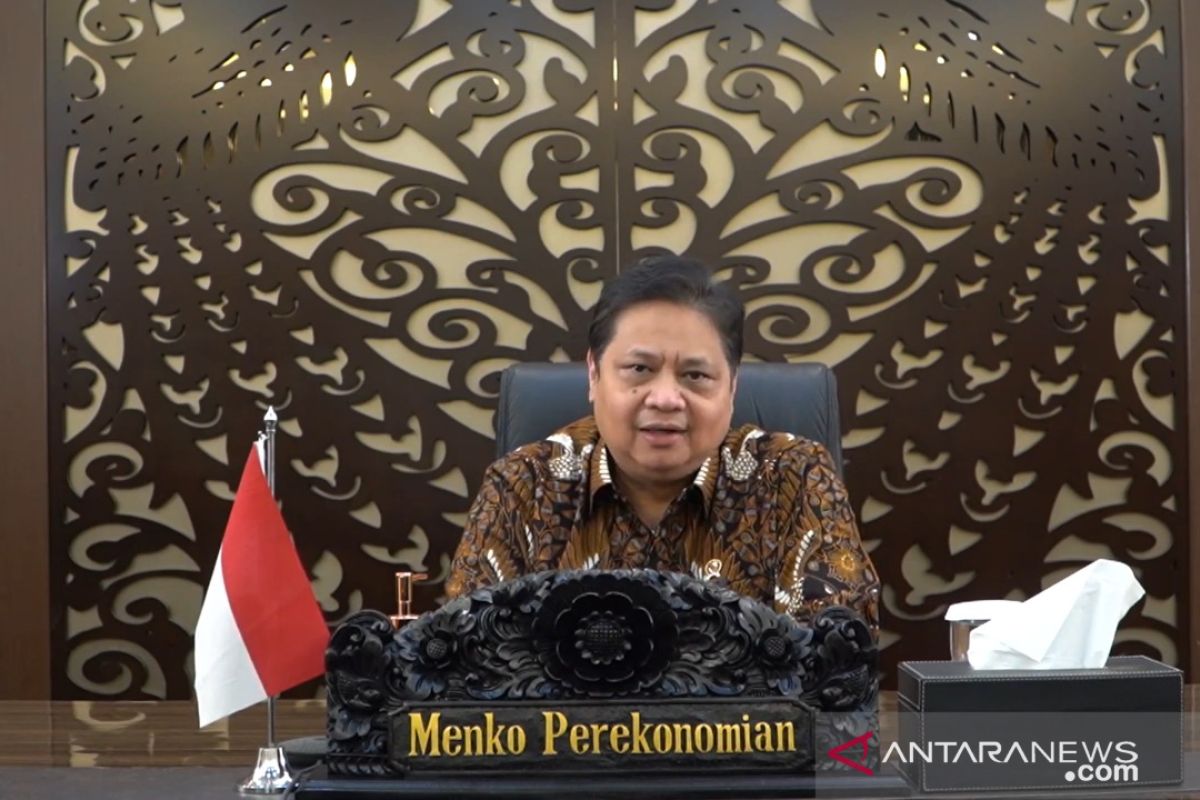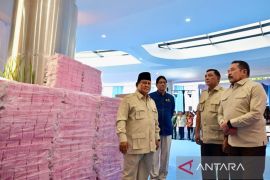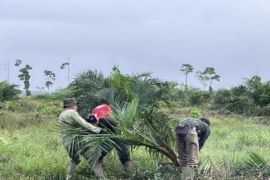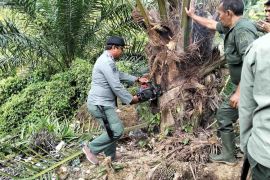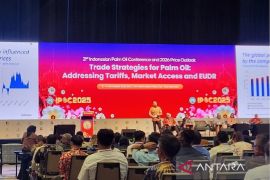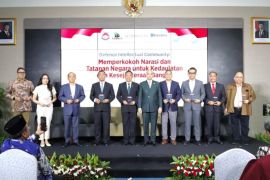The roadmap for the development of downstream palm oil industry has been in place.Jakarta (ANTARA) - The government has prepared a roadmap for developing the downstream palm oil industry to transform it into world's largest producer to weather volatility in crude palm oil prices, Coordinating Economic Affairs Minister Airlangga Hartarto stated.
“The roadmap for the development of downstream palm oil industry has been in place. It covers ways to increase productivity, support downstream activities, such as oleofood, oleochemical and biofuel; create an ecosystem; implement good governance; improve capacity building; and develop technology to boost palm oil businesses,” the minister noted in a statement released in Jakarta on Saturday.
Hartarto remarked that palm oil was one of the resilient farm commodities and contributed to the national economic growth in the third quarter of 2021.
The palm oil industry also contributes directly and indirectly to creating jobs. Hence, the government has adopted a vision to turn the domestic palm oil industry into the world’s largest palm oil producer and encourage development of the downstream palm oil industry, he stated.
With land area covering 10 percent of the global land bank for vegetable oils, Indonesia is able to become the world’s largest palm oil producer and hold a 55-percent share of the global palm oil and vegetable oil market, he noted.
In addition, it will be able to produce 40 percent of the global vegetable oils that play a crucial role in the context of food security, he affirmed.
“The palm oil industry contributed 15.6 percent of the total exports in 2020. Of course, the value serves as one of the foreign exchange earners that had consistently increased despite the pandemic,” he remarked.
Related news: Indonesia, Malaysia to bolster cooperation in palm oil industry
According to data by the Coordinating Ministry for Economic Affairs, the area of national palm oil cover in 2019 had reached 15.38 million hectares, comprising smallholder palm oil plantations reaching 41 percent; state large plantations, six percent; and national private plantations, 53 percent.
“The data showed that smallholder palm oil plantations contribute significantly to the development of palm oil plantations in Indonesia,” he stated.
He further remarked that the smallholder palm oil plantation rejuvenation (PSR) program becomes crucial to increase productivity and strengthen human resources as well as to improve farmers’ welfare.
The program also contributes to creating jobs during the COVID-19 pandemic and eventually had a positive multiplier effect on regions, he remarked.
“The PSR program is a national strategic program to increase the people’s productivity, maintain the area of plantations, and use the existing land optimally,” he stated.
Related news: EU still needs Indonesian palm oil: Moeldoko
Translator: Kuntum Khaira R, Suharto
Editor: Rahmad Nasution
Copyright © ANTARA 2021
